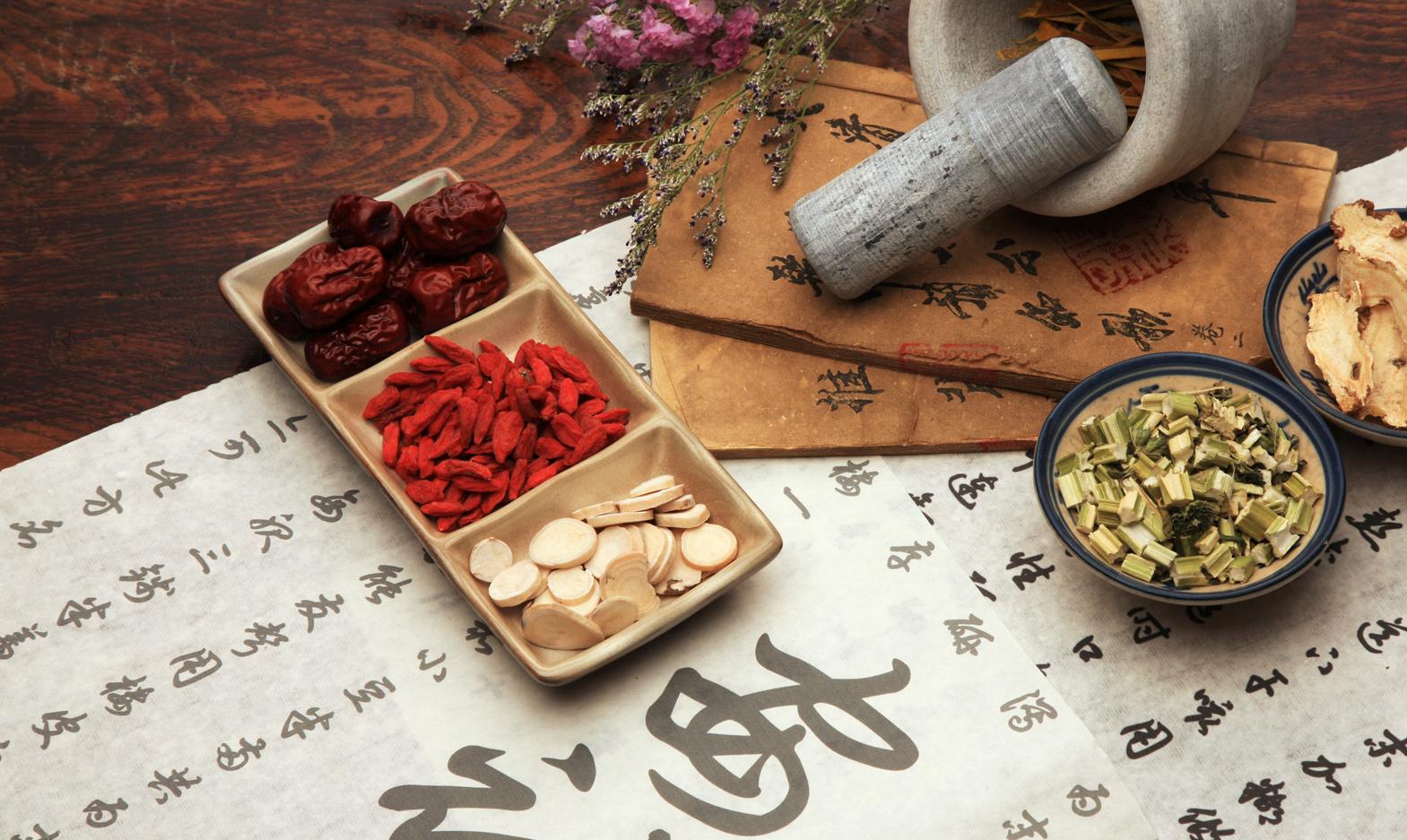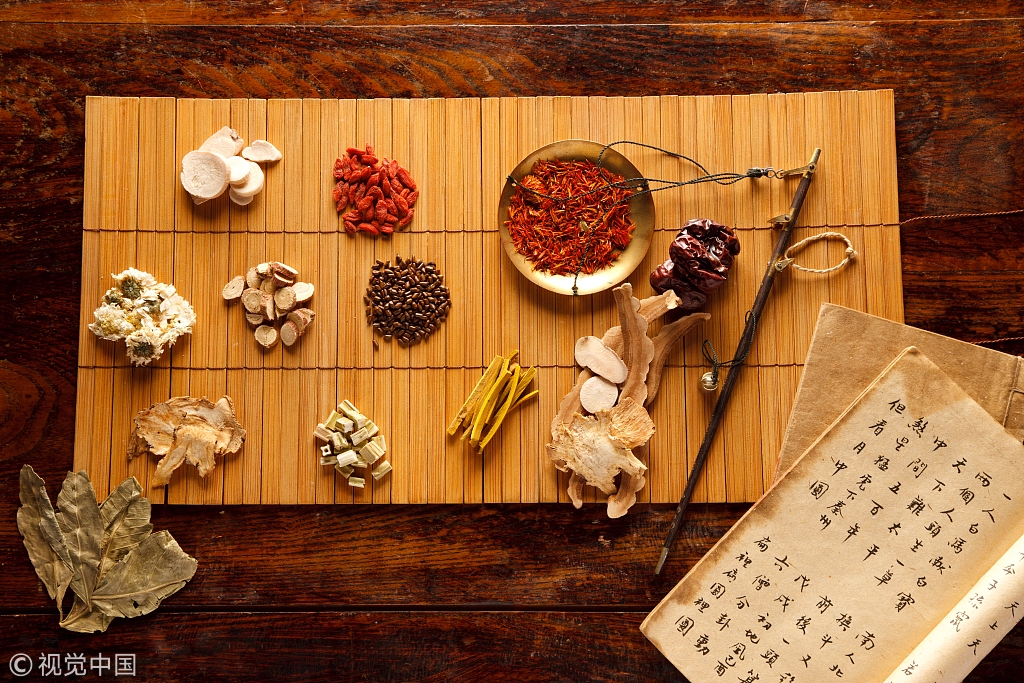What Is Chinese Medicine?
Traditional Chinese medicine (TCM) is a complex and well-documented system of
health care that dates back thousands of years. It is based on the belief that the flow
of energy santamariatimes, called qi, along invisible pathways in the body – known as meridians –
plays a key role in health and disease.
According to TCM, ill health results when the body’s Qi is blocked or unbalanced.
This can be caused by factors such as stress, pollution, diet, infection or emotional
upsets.

When Qi is blocked or unbalanced, a person may experience symptoms such as
pain, swelling, fatigue and weakness santamariatimes.com. To restore a balanced condition, TCM
practitioners use acupuncture, herbs and a variety of other methods to correct the
problem.
TCM focuses on a patient’s physical, mental and emotional health to create a
complete healing plan that may include acupuncture, herbal therapy, exercise and
lifestyle changes. In addition, it may involve Chinese psychology to explain how the
imbalance of emotions can affect organ function and a person’s overall health.
The most important tenet of TCM is that there is an infinite source of health and
healing power within the body. Its primary emphasis is on restoring balance to the
opposing forces of Yin and Yang – the life essence, or Qi.
In order to achieve this, TCM practitioners may use a variety of techniques, including
acupuncture, moxibustion and cupping. They may also recommend dietary changes,
exercise, herbal remedies and breathing exercises.
Acupuncture is an ancient method of treating pain and muscle tension by inserting
thin, sterile needles into specific points on the body to release nerves and muscles
that control movement. It can also help to reduce inflammation and relieve
headaches and sinus pressure.
Another acupuncture technique involves placing needles into the skin to stimulate
the flow of blood and other fluids, allowing the body to heal itself. This form of
treatment is often used in conjunction with other traditional Chinese medicines,
such as tai chi or qigong.

Herbal treatments containing a variety of medicinal plant and animal parts are also
used to treat many diseases and conditions. These include powders and tinctures
made from a wide range of plants, such as mushrooms, ginseng, licorice, fennel and
snake venom.
It is a less convenient system of medicine to make because it requires boiling the
herbs before they can be used, and it may take several rounds of treatment before a
full cure is achieved. Similarly, the bitter taste of the herbal medicine may be off-
putting to some patients.
Moreover, the cost of using Chinese medicine is higher than using Western
medication and some patients are reluctant to give up their Western medications.
This is especially true for people with long term illnesses such as diabetes and
hypertension, which may lead to drug compliance issues.
As a result, many people in Hong Kong have both TCM and Western medicine as part
of their healthcare regimen. However, when they do suffer from illness, they usually
decide which type of doctor they want to see based on the severity of the disease
and their personal preferences.
